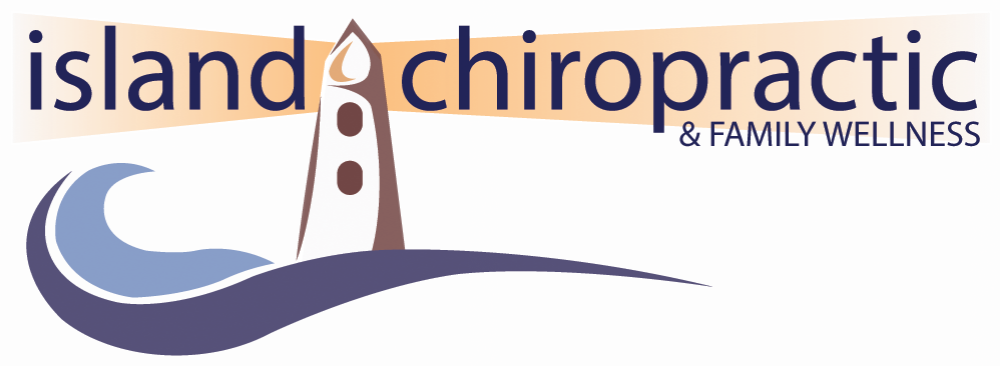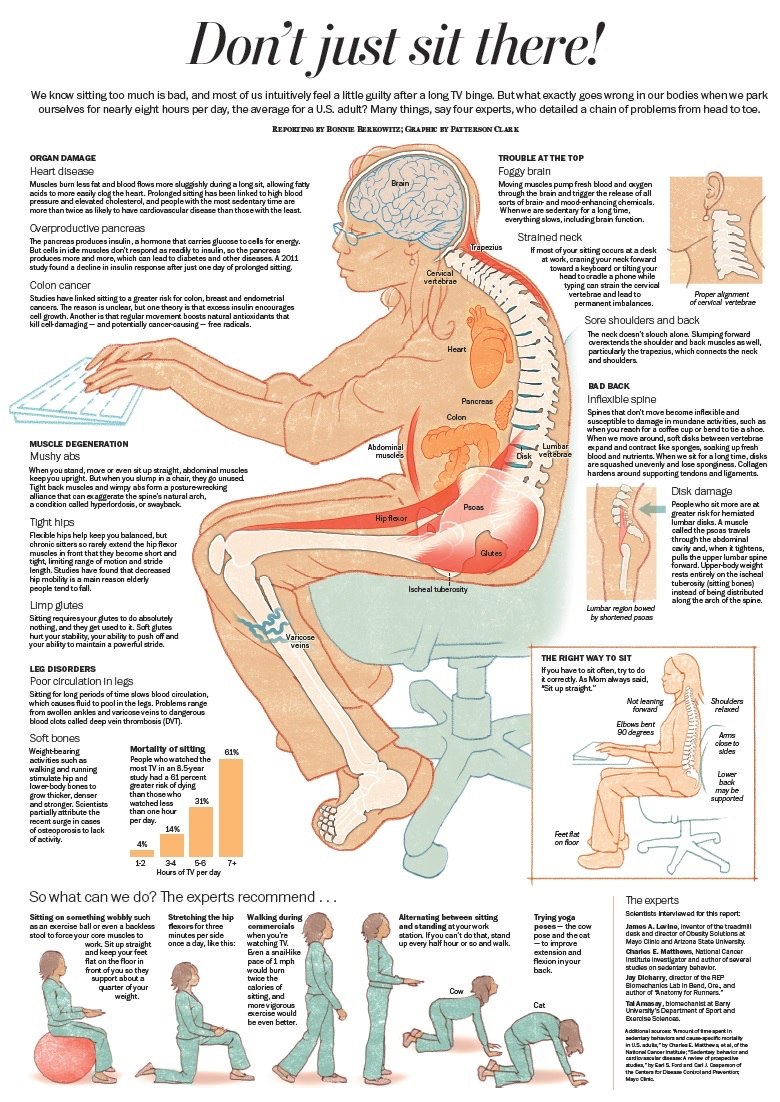What is inflammation?
Normally inflammation is a reaction by your immune system to help your body heal from injury or to remove the presence of pathogens. Without it, you could get sick because germs or viruses will overrun your healthy cells.
Cytokines are emergency signals send by your body, they are responsible for bringing nutrients, hormones and immune cells to the site of injury. To help this process, your arteries dilate and your capillaries become more permeable to allow the “medic” cells to access the injured area. From there, the immune system will be hard at work until the problem is fixed.
What Causes Inflammation?
Your body may need to go into “repair” mode after an attack by things such as:
• Microbes — bacteria, viruses and fungi may cause various diseases that result in inflammation on the affected body part.
• Injuries — damage to your cells, like cuts or bruises will cause inflammation.
• Man-made objects — chemicals or drugs.
• Genes — Autoimmune disease, can start the inflammatory response.
Lifestyle leading to chronic inflammation
Inflammation isn’t a bad thing when your body is using it every now and again. However, in today’s world, chronic inflammation is common and this can lead to illness. Common causes of chronic inflammation include:
Unhealthy Diet
Sweets and sweetened beverages — Regular consumption of candy, soda, doughnuts and fruit juices, can increase the production of inflammatory markers in your system.
Vegetable oil — Cooking oils like soy, corn, sunflower and palm oil are high in omega-6, which is an inflammatory oil.
Fried foods — French fries, chicken fingers, fish sticks and onion rings are often cooked in vegetable oil and have been linked to an increased risk of inflammation.
Wheat — Amylase-trypsin inhibitors (ATIs) found in wheat that can trigger inflammation related to chronic diseases such as multiple sclerosis, asthma and rheumatoid arthritis. In addition many wheat products have been found to have low levels of a chemical called glyphosate (found in pesticides like Round-up). Glyphosate is thought to lead to gastrointestinal irritation, which is linked to inflammation.
Gut Health
Inflammation is directly tied to your gut health. The semi-permeable lining of the digestive sysmtem, fluctuates in response to outside stimuli. As the lining becomes damaged over time, harmful organisms such as viruses, yeast, bacteria and even molecular items can enter through the bloodstream and cause leaky gut syndrome. As a result of the inflammation, your body has a harder time digesting food, resulting in impaired absorption of essential nutrients.
Something as simple as stress can also increase the permeability of your intestinal lining, causing an increase in inflammation.
Cigarette Smoking
Each inhale taken irritates your lungs, this irritation triggers inflammation. If you already have lung problems, smoking cigarettes can worsen symptoms.
Alcohol Consumption
Aside from smoking, chronic consumption of alcohol has been closely associated with inflammation. Research indicates that in healthy people, your body helps keep lipopolysaccharide, a key inducer of inflammation, in check. However, alcohol consumption impairs multi-organ functions, which can disrupt health and lead to eventual systemic inflammation.
Mental Health
Mental health and inflammation are actually closely associated with each other. It is believed that a dysfunction in the “gut-brain-axis” (which includes the central nervous system, the hypothalamic-pituitary-adrenal axis, the sympathetic and parasympathetic nervous systems, the enteric nervous system, the vagus nerve and the gut microbiome) is associated with gastrointestinal inflammation and autoimmune diseases.
Fight your inflammation
You can reduce the amount of inflammation your body creates with these simple steps:
Improve your sleep
Sleep is when the body repairs damage. The quality and amount of sleep you get determines how your body manages inflammation. While the changes are small at first, chronic sleep loss may eventually lead to the development of metabolic syndrome disease (hypertension, diabetes, hypercholesterolemia, obesity, etc).
Ideally, adults should get around seven to nine hours of sleep. If you're having trouble achieving this number, try these tips:
•Dark, dark dark — Get rid of every source of light in your room when you sleep, such as night lights and your digital clock. The tiniest glimmer of light may block your serotonin/melatonin production, which can disrupt your sleep cycle. You can use blackout shades for your windows. If this is not possible, an eye mask can help.
Got to bed between 9 and 10 p.m. — Try your best to be asleep as early as possible because your body does the majority of its recharging between 11 p.m. and 1 a.m. Furthermore, your gallbladder removes toxins during this period, and if you're awake during this time, the toxins can go back up into the liver and create health problems down the line.
Establish a pre-bedtime routine — Cultivate practices that will allow you to fall asleep easier such as practicing meditation or diaphragmatic breathing. Try various methods to help you feel relaxed so you can get to sleep quicker.
Avoid caffeine — Caffeinated drinks boost your energy, so avoid them during bedtime.
Do not watch television before sleeping — The blue light from a tv or handheld device can stimulate the brain, preventing you from falling asleep at your intended time. Also, if possible remove the TV from your room, your bed should be only for two things, sleeping and the other thing that starts with an “S” (sudukou)….
Exercise regularly - Getting regular exercise can help boost your health in many ways, such as reducing your risk of chronic diseases, helping you shed excess weight and boosting cognitive function. But did you know that exercising may also help improve sleep quality? Exercise reduces stress which should help with sleep quality and overall health.
Change your diet, save your life
Eating healthy foods can help prevent and even reverse inflammation.
Eat this:
Tomatoes — They contain various compounds that may benefit your health, particularly lycopene. Research indicates that lycopene may help inhibit inflammation related to various cancers, as well as cardiovascular disease.
Berries — Antioxidants may help fight inflammation and berries are packed with them! They're known for their anthocyanin content, which has been shown to have anti-inflammatory characteristics.
Fatty fish — only wild caught salmon, sardines and anchovies contain generous amounts of omega-3 fatty acids, which are known to have effective inflammation-fighting properties. Studies have found that omega-3 consumption may help fight obesity-related inflammation, and may reduce the production of high-sensitivity C-reactive protein (an inflammatory marker).
Broccoli — This vegetable belongs to the cruciferous family, which includes other nutritious members such as cauliflower, Brussels sprouts and kale. They are highly regarded for their antioxidants that may benefit your health. Broccoli, in particular, is rich in sulforaphane that may help fight against oxidative stress.
Avocados — Well-known for their diverse mix of vitamins, minerals, antioxidants and healthy fats, avocados contain carotenoids.
Peppers — Bell peppers and chilli peppers are rich in various antioxidants that may help ward off inflammation. Chilli peppers also contain capsaicin, which has been studied and discovered to help ease inflammation.
Grapes — These small and succulent fruits are rich in anthocyanins, which are a type of antioxidant that may help reduce inflammation.
Dark chocolate — Real, organic dark chocolate is rich in various compounds that may help fight inflammation.
Avoid this:
Sugar — This is one of the biggest culprits of chronic inflammation. Sugar increases levels of inflammatory markers. Sugar intake activates higher production of pro-inflammatory cytokines.
Trans fat — Foods cooked in trans fat vegetable oils such as soy, corn, sunflower and palm oil contain high amounts of omega-6. Omega-6 fatty acids are pro-inflammatory.
Fried foods — Aside from being high in omega-6, unhealthy fried foods contain advanced glycation end products (AGEs). These substances are known to increase oxidative stress in your system, leading to inflammation.
Artificial sweeteners — The main ingredients used in artificial sweeteners, particularly sucralose, have been linked with altered gut microbiome that can result in inflammation.
Refined grains — In one study, the consumption of refined grains has been associated with increased plasminogen activator inhibitor type 1 (PAI-1) and C-reactive protein (CRP), which are inflammatory markers.
Additional support fighting inflammation
If you really want to give inflammation th eviction notice, try adding these to your new lifestyle:
Omega 3 oil supplement
Curcumin
Ginger
Resveratrol
Spirulina
Cinnamon
Geranium
Tumeric
Thyme
Rosemary
Oregano
Green Tea
A common saying at our office is,
“People will do anything to get healthy until they learn what it takes”
You have to be disciplined in committing yourself to achieving better health, this is a commitment to yourself, not the purchase of a program or a cleansing kit. We are giving you the blueprint to health, you don’t need to buy into any programs. Consistency is key to a healthy lifestyle.
Looking for some ways to help fight inflammation? Check out a great recipe HERE, or this post all about omega 3’s !
References:
https://articles.mercola.com/inflammation.aspx










